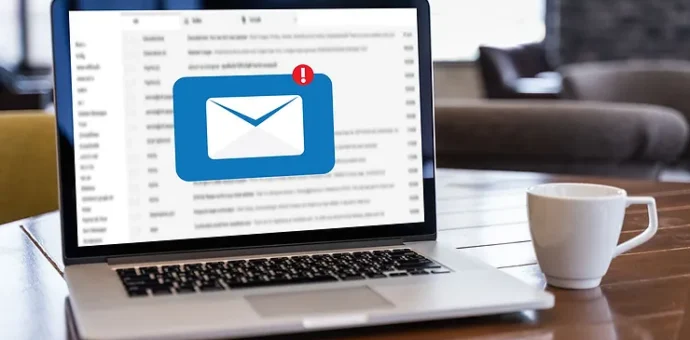In the competitive world of coaching, the application process is just the first step on the path to securing your dream position. Once you’ve submitted your application for a coaching position and await the decision, the art of follow-up becomes a crucial element in setting yourself apart from the competition. Whether you’re eyeing an assistant coaching role or vying for the head coach position, taking proactive steps to connect with the search director can make a significant difference. Landing an interview can often be a difficult process, and we never really know exactly what a search director/committee may be looking for in candidates. So the follow up process is extremely important in at least letting them know how interested you are in that position.
Here’s a comprehensive guide for sport coaches on how to navigate the follow-up process with finesse.
1. Timing is Everything: After submitting your application, resist the urge to inundate the search director with immediate follow-ups. Allow some time for them to review applications and shortlist candidates. Typically, a follow-up email or call after a week is appropriate, expressing your continued interest in the position and seeking an update on the timeline for the selection process.
2. Craft a Polished Follow-Up Email: When crafting your follow-up email, strike a balance between enthusiasm and professionalism. Begin by expressing gratitude for the opportunity to apply and reiterating your interest in the position. Concisely highlight your key qualifications and how they align with the needs of the team or organization. Politely inquire about the status of your application and express your eagerness to contribute to the program. Most of all, keep the email BRIEF!
3. Showcase Continued Interest: Use the follow-up as an opportunity to demonstrate your ongoing commitment to the position. Briefly discuss any recent accomplishments or developments in your coaching career that further reinforce your suitability for the role. Emphasize your dedication to the team’s success and your enthusiasm for the coaching philosophy embraced by the organization.
4. Be Professional and Respectful: Maintain a professional tone in all communications, emphasizing your understanding of the demanding nature of the selection process. Respect the time constraints of the search director and avoid coming across as overly persistent. If the provided timeline for updates has not passed, express your patience while eagerly anticipating any forthcoming information.
5. Leverage Personal Connections: If you have any personal or professional connections within the organization, consider reaching out to them for insights. A recommendation or endorsement from someone within the sports program can carry significant weight and further emphasize your candidacy.
6. Prepare for Possible Outcomes: While optimism is essential, it’s prudent to be prepared for various outcomes. Whether you receive a positive response, a request for additional information, or even a rejection, respond with grace and gratitude. Maintain a positive relationship with the search director and express your interest in future opportunities.
Conclusion: The follow-up process is a delicate dance in the intricate world of coaching applications. It requires a blend of persistence, professionalism, and strategic communication. By mastering the art of follow-up, you not only stay on the radar of the search director but also demonstrate the qualities of dedication and proactive communication that are highly valued in the coaching arena. Remember, in the competitive profession of coaching, sometimes the most memorable moves happen off the field/court.
If you need help with your coaching resume, your portfolio, or the interview process, be sure to sign up for one of our job prep packages at The Coaching Portfolio Guide! We provide services that assist with all aspects of the job search process for coaches. Click here to get started today!
Written By: Bill Vasko – CEO, XO Coach







